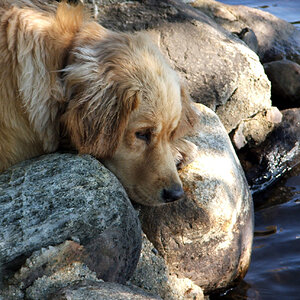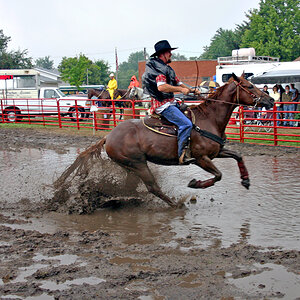- Joined
- May 1, 2008
- Messages
- 25,422
- Reaction score
- 5,001
- Location
- UK - England
- Website
- www.deviantart.com
- Can others edit my Photos
- Photos OK to edit
Actually I'd say take your second edited version (that is attempt 2 - the 3rd image in your first post) of your shot - run an auto levels and then the highpass filter that I told you about before over it and its far better still (it loses the harshness in the white areas that your original was hinting at and which contrast boosting I did exaggerated). Also gives the reds a desaturation (saturation layer and then select the red colour channel and desaturate them only) just to lose that reddy tinge
I'd be interested to know what you did for the second edited version.
I'd be interested to know what you did for the second edited version.






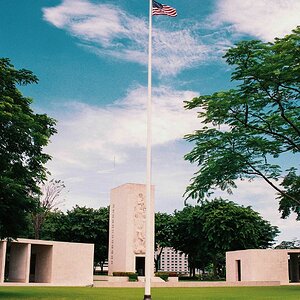
![[No title]](/data/xfmg/thumbnail/31/31978-02cde49248ebdf1b82fba5c899e08378.jpg?1619735136)
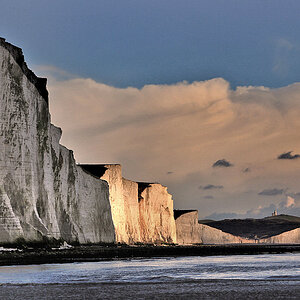
![[No title]](/data/xfmg/thumbnail/31/31977-2b717e032201241cbeae8226af23eba4.jpg?1619735136)
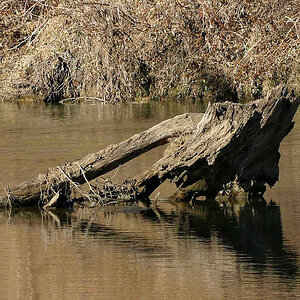
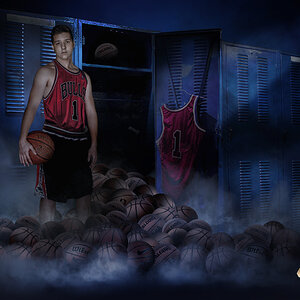
![[No title]](/data/xfmg/thumbnail/31/31752-fcbc5aa4a94154b9c273592aa37b8b1e.jpg?1619734991)
![[No title]](/data/xfmg/thumbnail/39/39509-3c2c5856429b4b8ff3cf44cd3b2afa8c.jpg?1619739064)
